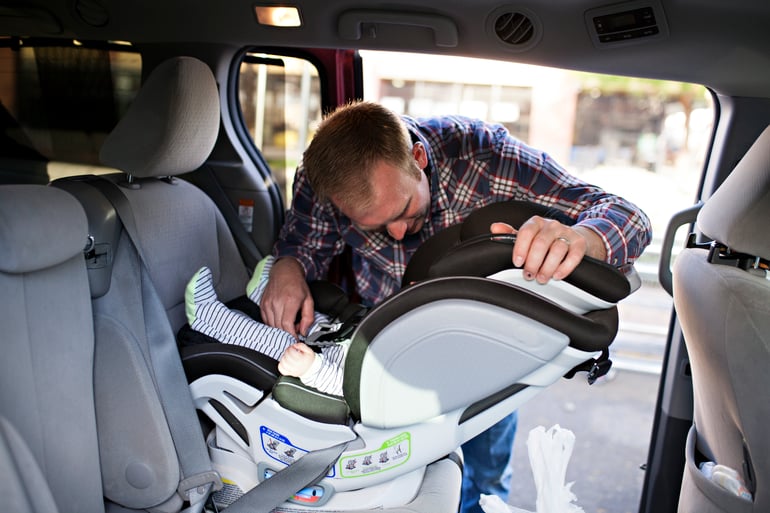Editor's Note: This blog post was originally published December 18, 2020 but has since been updated with updated information. For the most up-to-date information about states' vaccine plans, please visit this page.
On December 11, 2020, the FDA granted emergency use authorization for one of several COVID-19 vaccines under development. Prior to this authorization, the federal government and state health departments have been planning for vaccine distribution, with prioritization based on the individual risk for COVID-19 exposure. While the federal government has provided guidance on prioritization in distribution, each state is tasked with making its own distribution plan for the state population. Child Care Aware® of America (CCA0A) is reviewing each state’s plan to understand how they are prioritizing child care providers to receive the vaccine and to ensure providers are treated equitably as a first step in ensuring access. As plans continue to evolve, we will update this blog and monitor other factors that may impact access.









